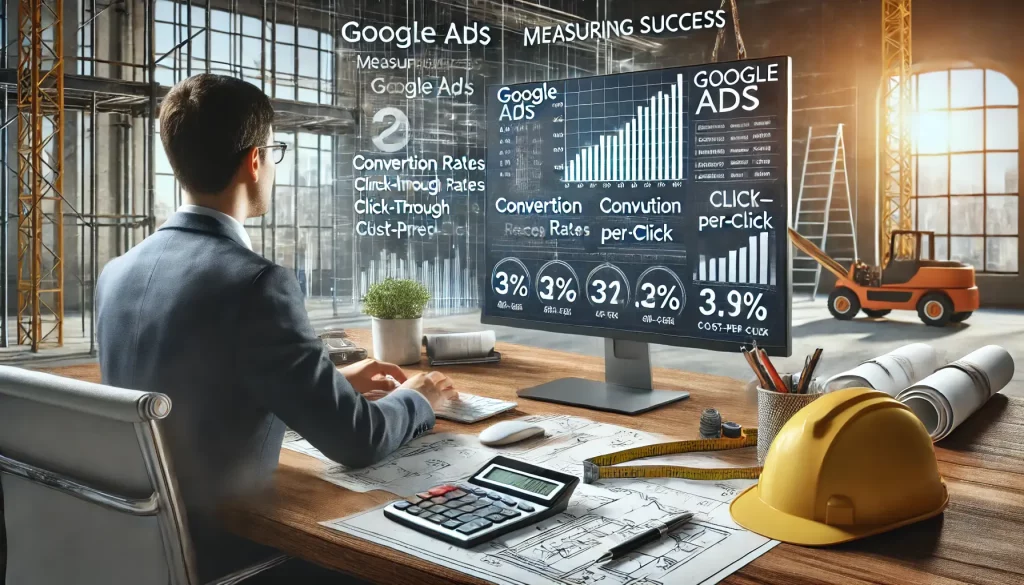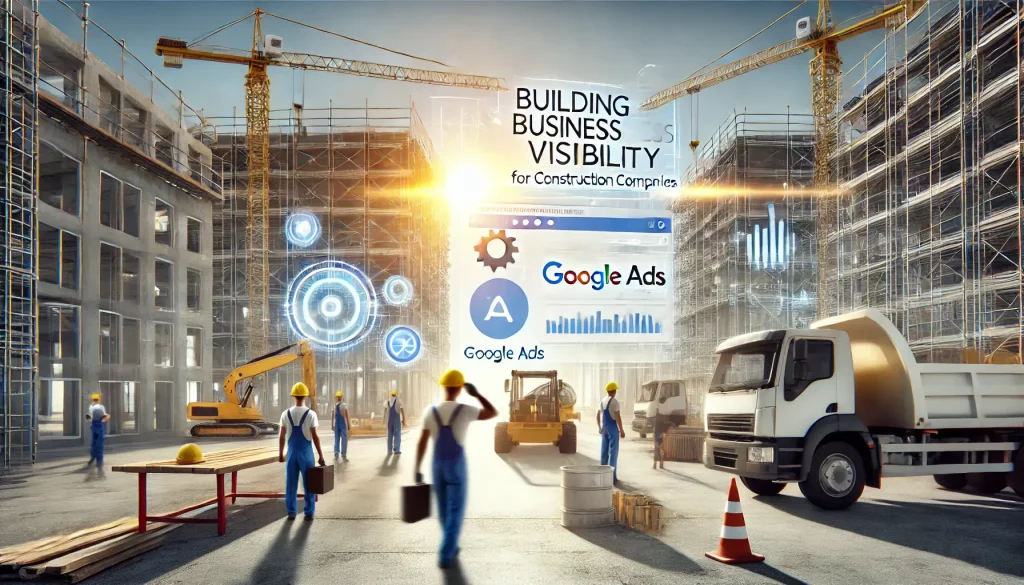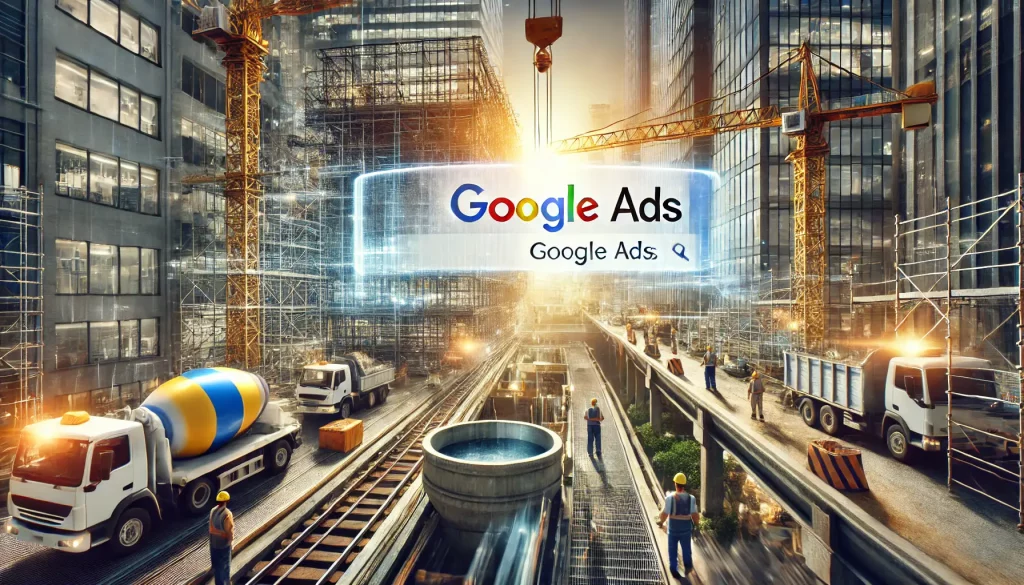As Google integrates advanced AI, revamps its search interface, and refines its branding, enterprise advertisers are being quietly but significantly reshaped by these shifts. Those relying on pay-per-click strategies must adapt—or risk being outmaneuvered.

AI Is Rewriting the Rules of Search—and Advertising
Earlier this year, reports surfaced that Google was in confidential talks with Apple to licence OpenAI’s ChatGPT technology into its search engine architecture—a move that sent ripples through the tech world and beyond. For many enterprise-level advertisers, this was more than just a headline. It marked the next major step in Google’s increasingly AI-led strategy, one that’s rapidly redefining how users interact with search—and, consequently, how ads are displayed and consumed.
“AI is fundamentally changing the nature of search,” said Dan Trotter, Director at PPC Geeks, a leading UK-based Google Ads agency. “What used to be a predictable, keyword-based system is becoming something far more contextual, conversational, and, in many cases, unpredictable. That has massive implications for businesses pouring significant budgets into Google Ads.”
As Google accelerates its AI integration—now with Gemini and Search Generative Experience (SGE) playing growing roles—search results are less static and more intent-driven. Advertisers who once relied on clean keyword structures and conventional campaign segmentation must now navigate a far more fluid digital landscape.
“Enterprise advertisers can’t afford to assume their old account structure still works,” Trotter added. “You need to audit your campaigns with fresh eyes—eyes that understand how AI is changing the game.”
For advertisers questioning whether their existing campaigns are aligned with these developments, now is the right time to consider how to improve your pay-per-click performance—before Google’s ecosystem shifts even further.
A Rebrand Reflects a Deeper Transformation
Another signal of this transformation came in the form of Google’s refreshed visual identity earlier this year. The new, AI-centric ‘G’ logo wasn’t merely a cosmetic update—it symbolised a new phase for the tech giant, with AI at the heart of almost every user-facing product.

The branding update accompanied a push to emphasise Google’s machine learning credentials and to better reflect the company’s deep investments in generative AI. The implication was clear: the future of Google is AI-first, and so is the future of search.
That subtle shift matters more than it might appear. Brand updates from companies like Google often preface much larger changes under the surface. For enterprise-level advertisers, it signals the need to rethink how their ads are seen, ranked, and interacted with—especially as AI begins to shape not only which ads appear but also how users interpret and engage with them.
“Branding is strategy,” said Trotter. “When Google shifts its identity toward AI, it’s telling us what the next five years of search will look like. For advertisers, that’s a clear sign to get ahead of the curve.”
UK Search Just Got Subtler—But More Complex
Closer to home, another recent Google update flew under the radar for many advertisers but holds enormous significance: a quiet but impactful change to how local search results appear in the UK.
Google has adjusted the display of UK web addresses in search results, streamlining how URLs are presented and making country-specific distinctions less obvious to users. While this may seem like a minor UX improvement, it has major ramifications for how UK-based and international businesses compete in SERPs.
For brands spending heavily on UK-targeted campaigns, these updates could affect visibility, click-through rates, and even trust signals. In a world where local nuances matter—and where AI-driven summaries and conversational answers are replacing simple blue links—advertisers need a much more nuanced understanding of how their ads are positioned and perceived.
“It’s never just about appearing in the right place anymore,” Trotter noted. “It’s about appearing in the right way, in the right context, to the right user intent. And that means rethinking the fundamentals of how your campaigns are structured.”
Why Smart Advertisers Are Turning to Audits
As Google’s platform becomes more opaque and automated—layered with AI-driven bidding, targeting, and reporting—many advertisers are finding it harder to assess true performance or detect inefficiencies.
“We’re working with enterprise advertisers who are spending six or seven figures a year and still can’t say for certain whether their account is as efficient as it could be,” said Trotter. “That’s not because they’re not paying attention. It’s because the platform is evolving so quickly, and in so many layers, that it’s almost impossible to diagnose without an external, expert perspective.”

That’s where detailed, platform-specific audits come into play. Not audits generated by AI tools or off-the-shelf software, but human-led diagnostics that evaluate account health, structure, targeting, bidding logic, tracking, and waste.
An audit can reveal underperforming campaigns, misaligned audience segments, bloated ad groups, poor Quality Scores, and missed opportunities in conversion tracking—all of which become even more important as Google leans harder into automation and AI.
Risk and Opportunity in the AI-First Advertising Era
There’s an irony at play here: while Google is moving toward more automation, more AI, and less advertiser control, the stakes for making the right decisions have never been higher.
Budgets are rising, competition is fierce, and AI-enhanced bidding means mistakes are amplified faster. If an ad campaign is poorly structured, you’ll burn through budget quickly and see reduced returns. But if it’s aligned with Google’s latest best practices—and continuously re-evaluated in light of platform changes—the payoff can be immense.
“We see advertisers who think they’re getting good performance—until we run a full audit,” said Trotter. “Often there’s hidden waste, duplicated targeting, or legacy structure that’s no longer fit for purpose. In some cases, we’ve helped clients recapture 20–30% of their budget just by refining how they operate within Google’s evolving system.”
The question isn’t just whether you’re advertising on Google Ads—but whether you’re doing it well enough to compete in the AI-first era.
Final Thought: Evolve or Fall Behind
Google’s recent changes—whether the high-profile headlines about ChatGPT partnerships or the subtle shifts in how UK websites are shown—are not isolated updates. They’re signals of a broader transformation.
Search is becoming smarter, more semantic, and less reliant on the structures advertisers once mastered. And as the platform shifts, so too must the strategies that support it.
For enterprise advertisers with significant stakes in PPC performance, the message is clear: evolve now, before performance suffers later. That evolution starts with clarity—clarity that comes from knowing where your account truly stands.
And that’s where a fresh, expert-led perspective can make all the difference.





